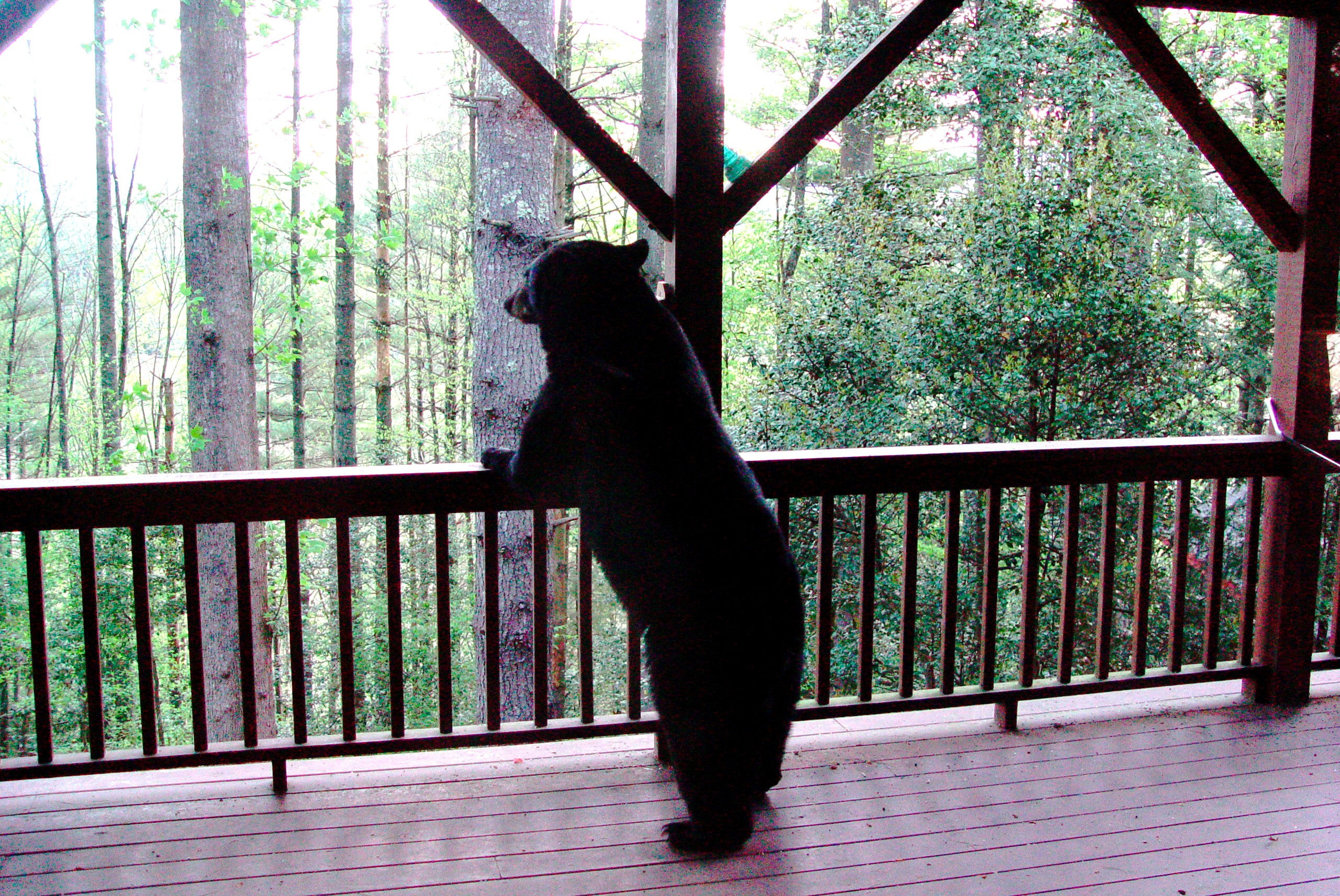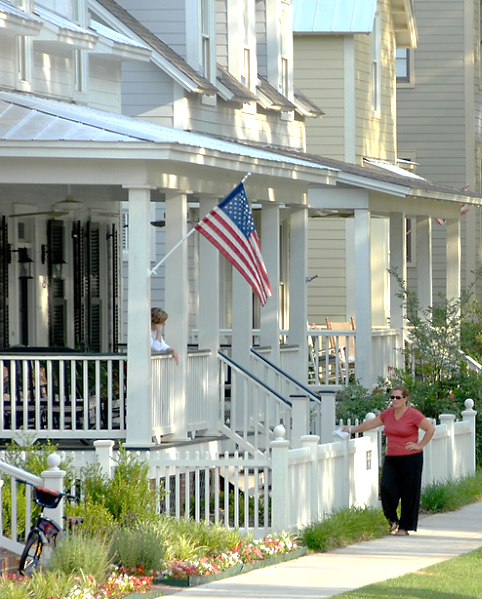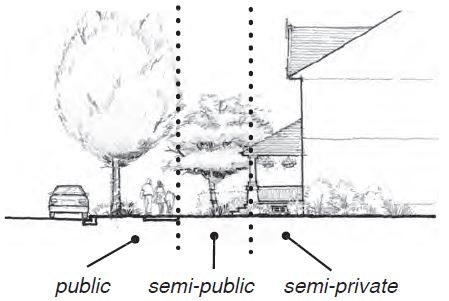In the story of “Goldilocks and the Three Bears,” aside from learning that breaking and entering is still a crime, even when it’s a home inhabited by a bear family with human-like characteristics, there is an even more important principle that we can learn. I like to refer to it as the “Baby Bear metric.” The porridge, chair and bed of the Bear family’s mother and father are too hot, too cold, too big, too small, too hard, and too soft. As Goldilocks moves through the house of the Three Bears she finds that everything belonging to the family’s baby bear happens to be “just right” for her. This idea is applicable to any of a number of things in life. The same thing, depending on such things as context, scale and size can be off to a user, but when slight adjustments are made it can then be found to be “just right.”

To understand the “Baby Bear” metrics associated with a front porch one must first understand its purpose and reasoning for existence in the first place. Historically, the front porch has served a critically important purpose in the role of a home. The front porch often provided the most versatile space in a home because it provided cover and shelter while also providing a form of social access. Porches have tended to serve an intermediary role between the public nature of the street and the private nature of the house. They have tended to function as a living room, of sorts, that is neither fully private nor fully public. The front porch also served in allowing for natural climate control prior to the incorporation of central air conditioning in a home.


The role and value of the front porch almost fell into extinction with the onset of indoor climate control and the dominance of the garage in most single-family homes. Porches became kitsch because of improper design and execution. With the newly found importance and emphasis on walkability and social engagement in community design the reinstitution of the front porch has become an important tool. The problem though is that unless the “Baby Bear” metrics, associated with a front porch are properly understood and implemented, porches can be utilized incorrectly and thus lose their value and purpose. The “Baby Bear” metrics of the front porch are tied to DISTANCE, HEIGHT and DEPTH.
DISTANCE
The relationship between porch and sidewalk is a critical one if a porch is going to work correctly. The reasoning behind this is tied to the horizontal layering that exists between porch and sidewalk. Within the regulatory governance that exists between the public and private realm, the sidewalk is considered part of the public right-of-way which also includes the street. Typically the public right-of-way measures from the back of sidewalk on one side of the street to the back of sidewalk on the other. From the back of sidewalk to the face of the front porch is a semi-public space that makes up the front yard of a home’s lot. Within that space is the establishing relationship that sets the first transition from public to private realm. This is where lawns, planting beds and fencing serve in the beginning stages of formalizing privacy relationships. When the porch is too close to the sidewalk the personal space relationship is violated and privacy is lost – if it’s too far away the social engagement opportunities are lost. Front porches require a “Baby Bear” metric of no more than 12 feet and no less than 8 feet in order to provide the necessary distance to balance the public realm – private realm relationship.
HEIGHT
The vertical nature of the porch and sidewalk is also important in the public – private realm relationship. Keeping in mind that the porch is considered semi-private space (based on the horizontal relationship) when the height of a porch is non-existent (same elevation as the sidewalk) the privacy relationship is altered and respect for a porch user’s privacy is violated. Subsequently, if the elevation of the porch is too great a sub-conscious relationship of dominance is projected, between sidewalk and porch, thus eliminating the social engagement opportunities because respect between the two is eliminated. Front porches require a “Baby Bear” metric of no less than 18 inches and no greater than 30 inches to allow for the ideal height relationship to exist.
DEPTH
While the depth of a porch may seem to be an inconsequential factor it actually has a tremendous impact if not dealt with correctly. The depth of a porch will make or break everything else because proper depth will determine whether a porch is usable or not. During the advent of the porches comeback it has often been implemented incorrectly, only being thought of as a visual element in the façade of a home. When this line of thinking is used the porch is often designed with only enough depth to appear as a porch from the street and sidewalk. In this instance the porch can only be used to store a bicycle or two (at best) because it doesn’t provide enough depth in order to be inhabited without a knowledge of advanced yoga poses. When this is the case the porch typically has a depth of less than 6 feet. For a porch to be usable and inhabitable it must have a ”Baby Bear” metric of a minimum depth of 6 feet and can have a maximum depth of a small living room (12 to 14 feet).
These metrics are so important that it is worth noting that if they can’t be followed a neighborhood is better off not allowing for front porches at all. The porch is a vital gift to the community, when executed correctly, and an architectural blessing to the home and its inhabitants.

About the author: Michael Hathorne is a planning professional with experience in community design, property acquisition, land-use entitlements, long range land planning, and land-use policy. Michael served as Chairman of the Local Host Committee which oversaw the organization and planning efforts for the national CNU conference in Salt Lake City, UT in 2013.



